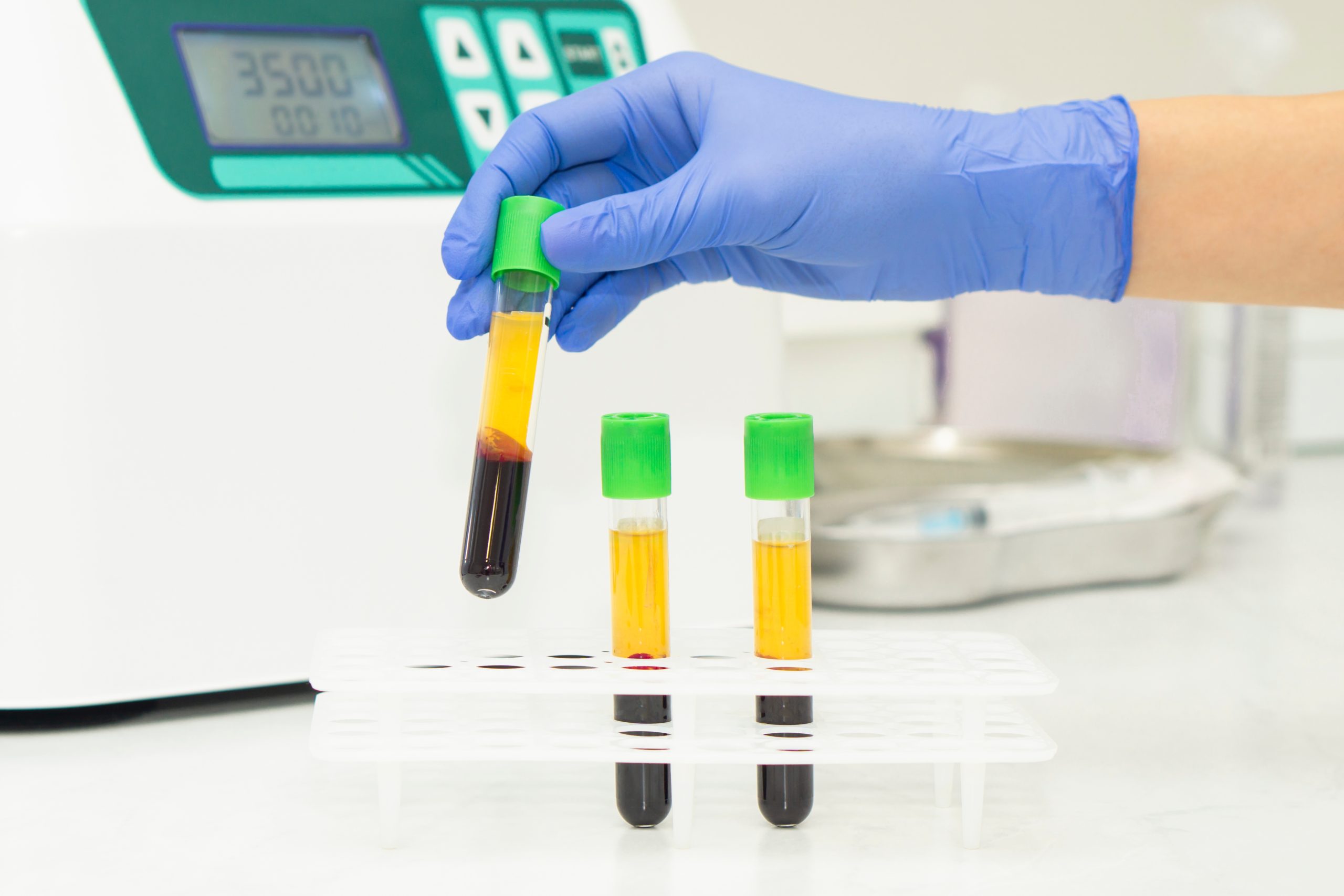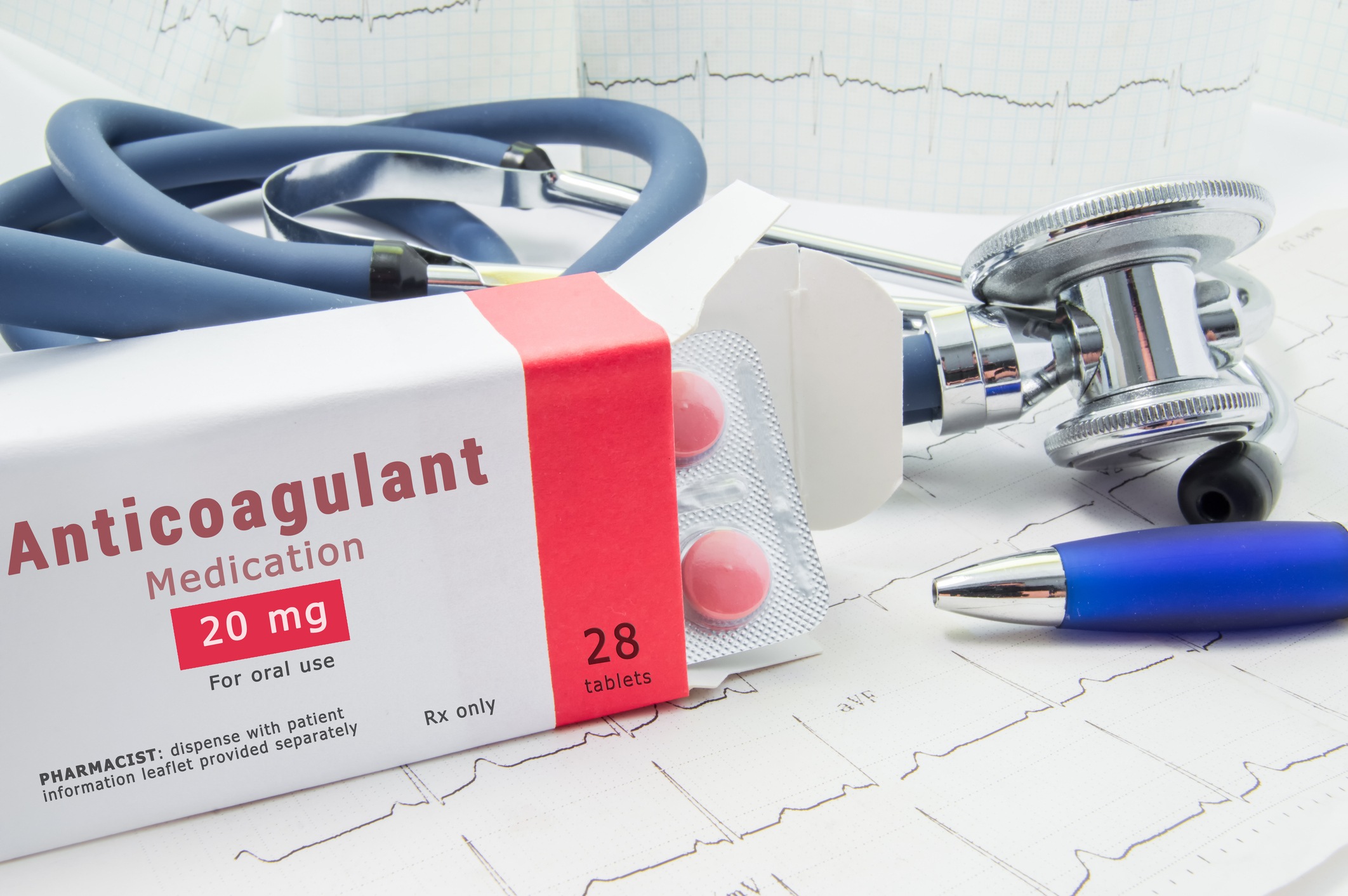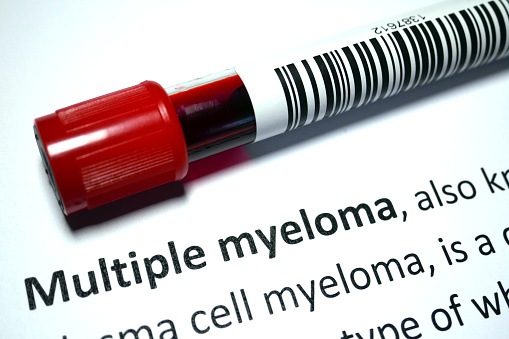
Venous thromboembolism (VTE) prophylaxis is recommended for hospitalized medical patients at high risk for VTE. A study performed a risk assessment using large data sets. The results were published in Thrombosis and Haemostasis.
Researchers developed a constructed a derivation cohort using 6 years of data from 13 hospitals to identify risk factors associated with developing VTE within 14 days of admission. VTE was identified in this study using a algorithm combining administrative codes and clinical data. A multivariable prediction model and applied it to 2 validation cohorts: a temporal cohort, including two additional years and a cross-validation, in which we refit the model excluding one hospital at a time, and applied the refitted model to the holdout hospital. Performance was evaluated using the C-statistic. Overall, the study included 160,928 patients with a 14-day VTE rate of 0.79%.
The final multivariable model consisted of 13 patient risk factors. The model demonstrated a optimism corrected C-statistic of 0.80, and robust calibration. The temporal validation cohort included 55,301 patients, with a VTE rate of 0.74%. The researchers noted that based on the c-statistic, the Cleveland Clinic Model (CCM) outperformed the Padua model (0.76 vs. 0.72, p<0.01). “A new VTE risk assessment model outperformed the Padua model. After further validation it could be recommended for widespread use,” the researchers concluded.







 © 2025 Mashup Media, LLC, a Formedics Property. All Rights Reserved.
© 2025 Mashup Media, LLC, a Formedics Property. All Rights Reserved.